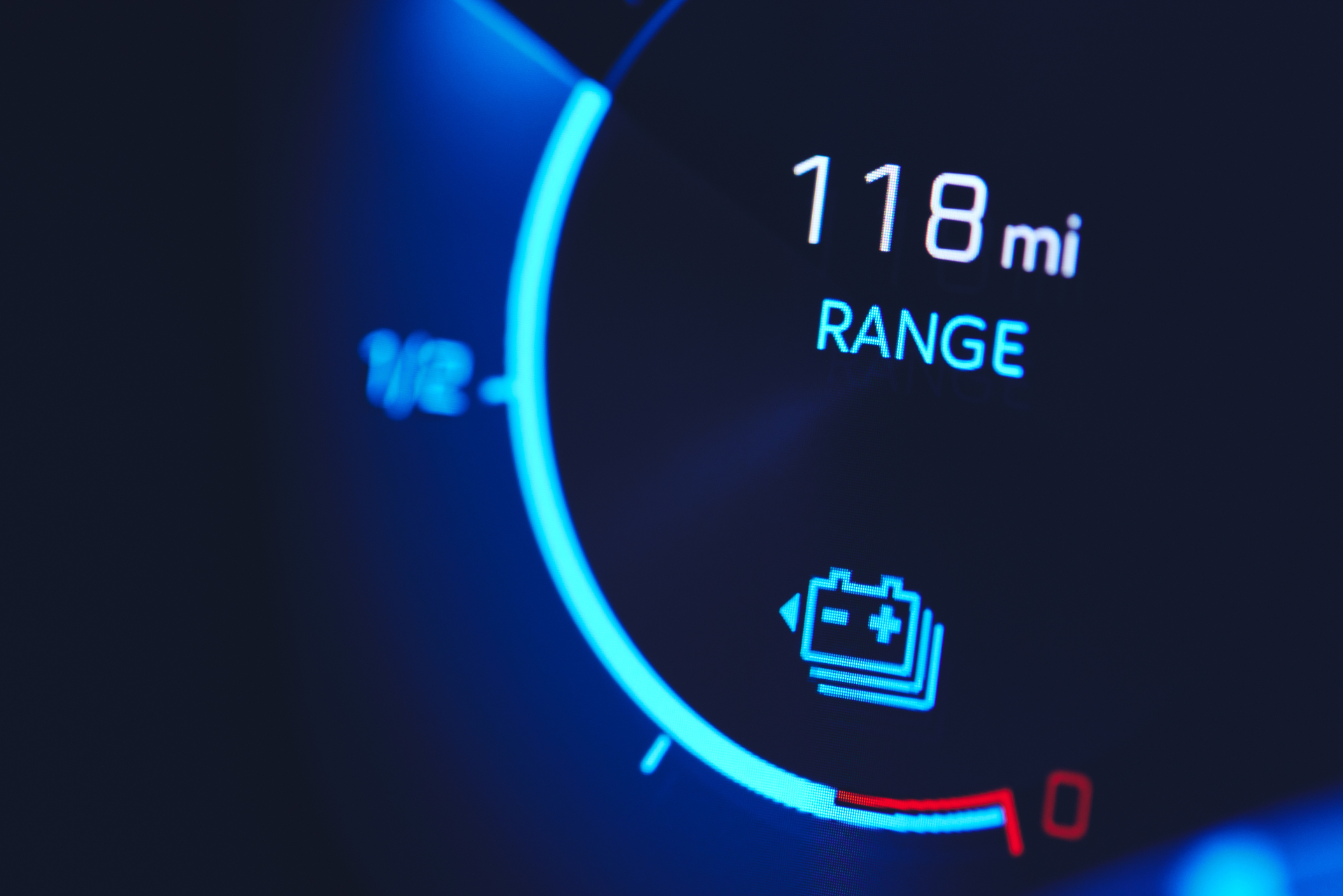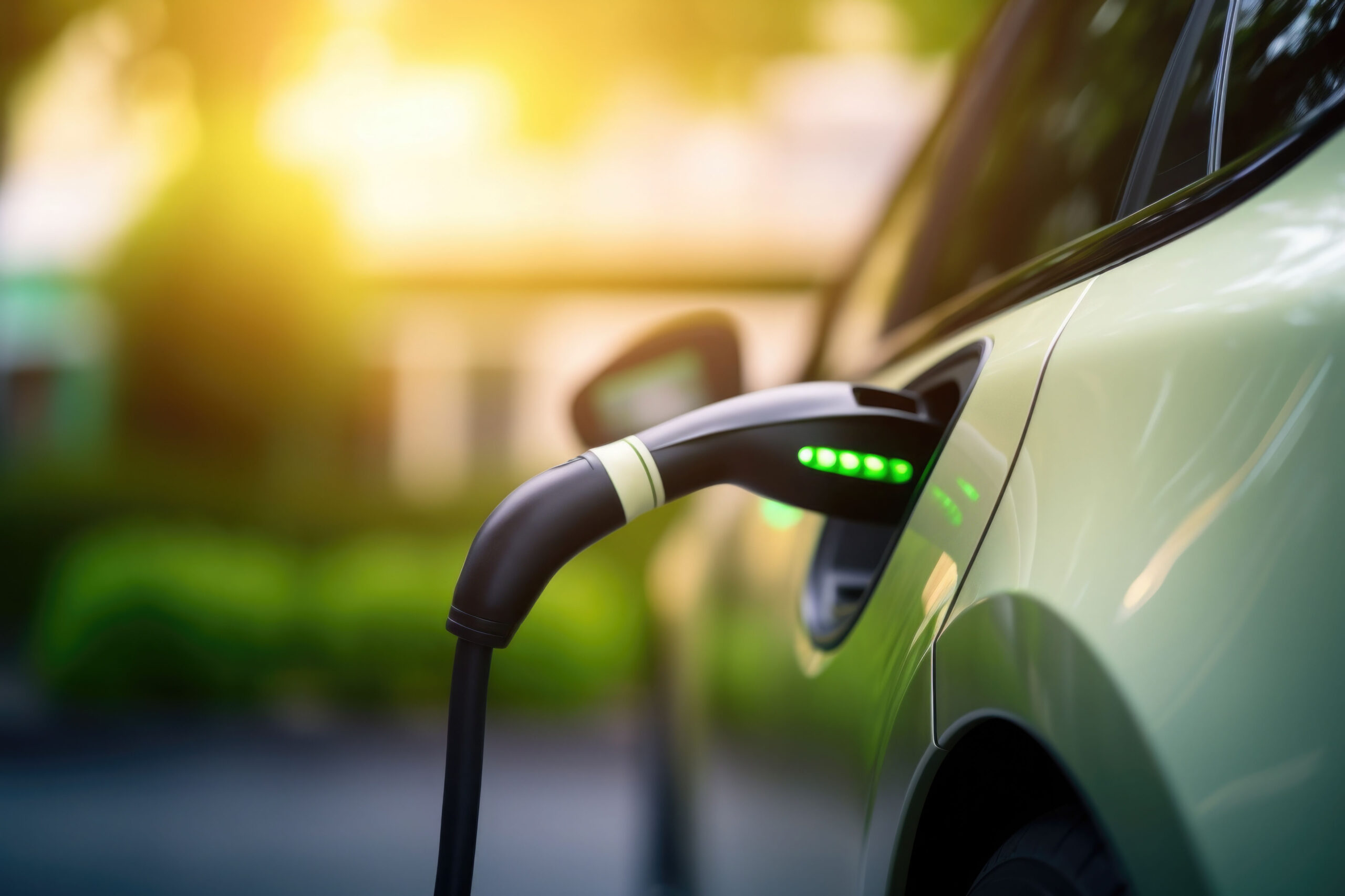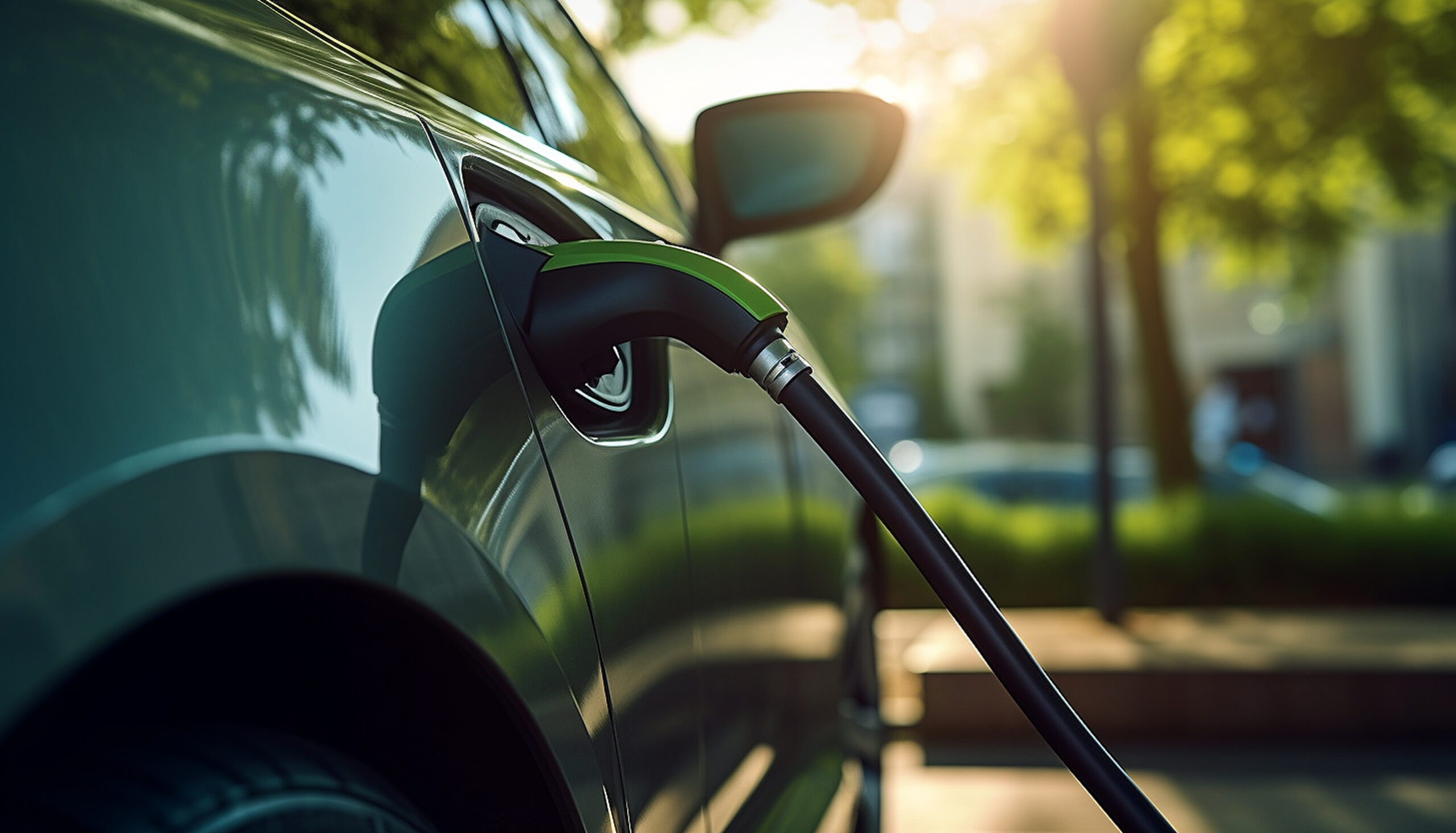Getting to know what drives electric vehicle (EV) range
Range, which is defined as the maximum distance that can be travelled by a vehicle on electric power only after the battery has been fully recharged, can be an influential and determining factor for consumers when purchasing an electric vehicle (also referred to as an EV or BEV), or even a hybrid car that has an electric motor alongside an engine. It is worth bearing in mind that when looking to purchase or run an EV, the maximum achievable range after recharging the battery fully can be impacted by a number of key factors, which are outlined below.
Not achieving this figure quoted by the vehicle manufacturer may be a source of frustration and subsequent complaints by consumers who have bought an EV. However, this makes up a relatively small proportion of the overall issues logged annually with The Motor Ombudsman by electric and hybrid car owners.
Some of the key factors that may affect an electric vehicle’s range, are as follows:
Vehicle components
Battery age
When buying either a new or used electric vehicle, it is worth bearing in mind that the size of battery impacts range, whilst the ability for it charge to its full capacity may decrease over time, thereby resulting in a corresponding decline in range.
Whilst a battery can come from various sources, it should retain circa 70% of its original capacity during its lifetime. On the assumption that you charge your car three times a week, the battery should last between 10 to 12 years. Many manufacturers offer a separate battery warranty above the vehicle warranty for EV and hybrid vehicles.
Tyre pressures
Tyres are another key factor in determining range, and it is therefore important that pressures are kept at the level recommended by the vehicle manufacturer to reduce the occurrence of unnecessary rolling resistance, as more energy is needed to overcome it.
In addition, larger wheels also increase rolling resistance and reduce range, meaning smaller alloys fitted with thicker profile tyres tend to deliver a greater potential distance per charge.
Environmental
The weather
In colder temperatures during the winter for example, batteries tend to be less efficient, as this kind of weather impedes the flow of electrons in them and to the rest of the vehicle. Therefore, on cooler days, storing and transferring energy becomes more difficult for the EV’s battery, therefore reducing the level of range available per charge.
Similar to when taking a plane, the wind direction and strength of any gusts can also impact range i.e. the greater the headwind, the harder the electric motors have to work, and the more battery power is used up, thereby diminishing the range available.
Furthermore, having the windows down to help keep occupants cool can increase drag, thereby meaning more power is required to keep the car on the move compared to if they were closed.
Please refer to point 6 below in relation to the use of the in-car climate control system during periods of hot and cold weather.
Terrain and topography
How far you can travel on a full charge in an EV is also determined by the location that you are driving in i.e. whether this is a flatter urban setting, or a more hilly rural area, and how smooth the terrain is. For example, driving on steeper inclines or on rougher ground, means that the motors have to work harder to drive the wheels.
On the flipside, EVs however, have the advantage of being able to retrieve energy through regenerative braking when going downhill, which can reduce the extent of range loss.
Consumer influence
Driving style
Similar to how driving style affects the level of fuel consumption (mpg) in a petrol or diesel-powered model, the amount of range that can be extracted from the battery on a single charge is also impacted by the way an electric car is used on the road.
For example, if you use a lot of energy to overtake other vehicles or to travel at higher speeds, this can reduce range. Equally, applying a lot of pressure quickly to the throttle pedal when accelerating, rather than building up momentum gradually, also requires more energy.
Use of climate control system
For cars with a diesel or petrol-driven powertrain, the interior cabin can be warmed up on cooler days using the heat generated by the engine, but EVs of course do not have this ability. They need to use energy from the battery to keep occupants warm, whilst also having to drive the motors when the car is on the move.
Activating the heating in the vehicle whilst it is plugged in before you set off (where this option is available), can be an effective way of saving battery energy to warm up the car prior to leaving for your destination.
The same principle applies to air conditioning during periods of hot weather. Similar to fuel being used to power the climate control system in a car with an engine, energy is also needed from the battery to keep the cabin in an EV cool on a hot day.
Once again, some EV models may have the facility to cool the interior before departing, thereby helping to preserve range when on the move.
Weight
The number of passengers in the car, and the amount of luggage being carried, be it shopping or suitcases, can also impact how far you can drive on a single full charge. The heavier the vehicle, the greater the strain put on the motors, meaning more battery capacity is used to carry the load, thereby reducing the range.
Carrying luggage or equipment in a roof box or on a roof rack can also impact range, as a vehicle’s aerodynamic efficiency is reduced due to the creation of drag when on the road.
*Please note that the above list of factors is not exhaustive.
The Motor Ombudsman’s EV Resource Hub
For more information on electric vehicles (EVs), visit The Motor Ombudsman’s dedicated EV Resource Hub here.



